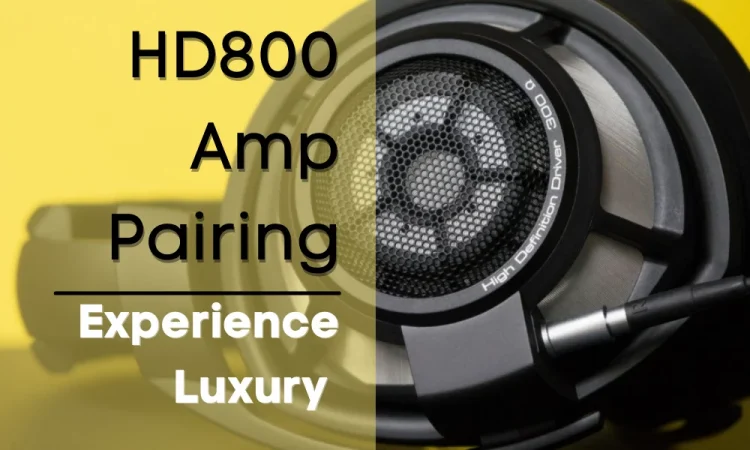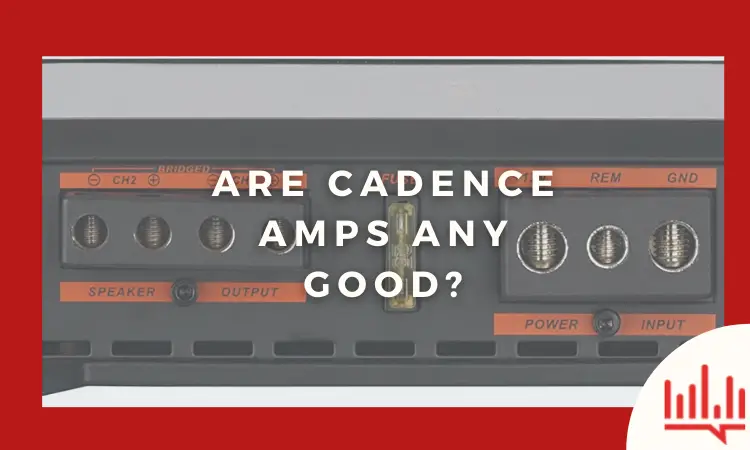Determining resistance for an amp is pretty confusing for new audiophiles. Everyone is especially curious to know about the 1-ohm load.
Can you guess – Is 1 ohm bad for an amp?
Yes, 1 ohm is bad for an amp for many reasons. For example, a 1-ohm load produces lower sound quality and has a lot of distortion. It produces a lot of heat. But it also has some good sides like powering up high-powered subs. It also cuts down the budget. So, you can’t say 1-ohm is bad for an amp.
So, it’s a debate actually. If you want to learn more about 1-ohm load and its impact on amps, keep reading. You’ll understand which option is the most relatable for you.
Will Amp Get Damaged with 1 Ohm?
Yes, 1 Ohm is bad for an amp. It has a lot of drawbacks. But this doesn’t mean you should avoid choosing 1-ohm amps entirely.
1-ohm load is good for an amp in some cases. I’ll explain the advantages and disadvantages of a 1-ohm load in detail below. Only then, can you tell if a 1-ohm amp is good or not.
So, let’s start with the good sides first.
The Upside of 1 ohm:
First of all, I want to state the one fact that everyone looks for. A 1-ohm stable amp is a blessing for people who are on a pretty tight budget.
If you have an amp designed to take a 1-ohm load, it’s a good choice for you. The setup system is pretty easy.
You’ll get more power from 1-ohm amplifiers than the 2-ohm ones. And for this reason, 1-ohm amps are the best choice if you have high-powered subs.
Now, let’s see what are the downsides of a 1-ohm amp.
The Downside of 1 ohm:
There are a lot of downsides to a 1- ohm amplifier. The major drawback of 1-ohm amp is that it has a higher current draw. As a result, 1-ohm amplifiers generate more heat.
The 1-ohm amp has more distortion rate than the other amplifiers. It has less headroom.
Moreover, this load has a very low SNR. You’ll find the worst damping factor in this case.
You’ll find all of these drawbacks because the amp is working at the least limit. So, the power supply is too heavy and for this, the amp has to work harder.
Now, the load works differently in the headphone and speaker amps. It’s because there’s a significant difference between headphone and speaker amps.
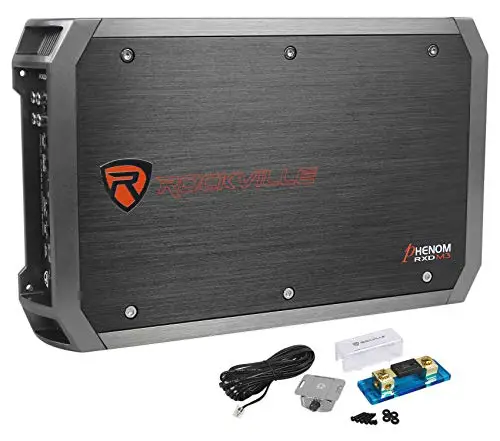
How Do 1-Ohm Amplifiers Perform?
Well, you already get an idea about the good sides and bad sides of a 1-ohm amp. Now, it’s time you get to judge the quality of a 1-ohm amp. The quality actually differs depending on the brand.
Here’s someone who bought a 1-Ohm Amp for gaining overall audio controls.
In this segment, I’ll give an overview of the existing famous 1-ohm amps. I hope this segment will give you an idea if you should go for a 1-ohm amp or not.
So, let’s start with the Rockville RVA-M3.
Rockville RVA-M3:
This 1-ohm amp is a class D amp. It has a low level of harmonic distortion. That’s why it has a clean amplification structure.
However, it has some limitations regarding connections. So, you can use it in small places like in a car. But it won’t be a good choice for home theaters.
Planet Audio PL3000.1D:
This is also another class D 1-ohm amplifier. It has an excellent filtering system and bridging mode. It has a variety in the bass boost.
However, this amp uses too much power. So, it gets hot faster. But the best part is, it’s affordable in price.
AudioBank Monoblock:
Now, this is a model that comes with a lot of tuning controls. It has features like bass boost, crossover, gain, and an LPF.
The good thing about this amp is that it doesn’t heat up too much. You saw this feature absent in the Planet Audio PL3000.1D.
However, there is a limitation to this 1-ohm stable amp. When you plug in for maximum output, the sound gets a bit distorted. But it doesn’t happen in low output.
Now, tell me. Analyzing the amps from different brands, what did you understand? Wait, I’ll give you a summary.
So, What’s the Best 1 ohm Amp?
Let’s get to the real deal. In the previous section, you have seen different aspects of a 1-ohm amplifier. All of them have pros and cons depending on the quality of the brand.
Summarizing the details, here’s a checklist of what an ideal 1-ohm amp should be like:
- First of all, you have to ensure the distortion is minimal.
- The sound should be clear and crisp.
- Make sure the amp does not heat very much.
- The tuning controls work well.
- See if it can produce maximum output at a low budget.
If your amp checks out most of these points, you are buying a good-quality 1-ohm amp. Let’s see some of the best 1-ohm amp out there.
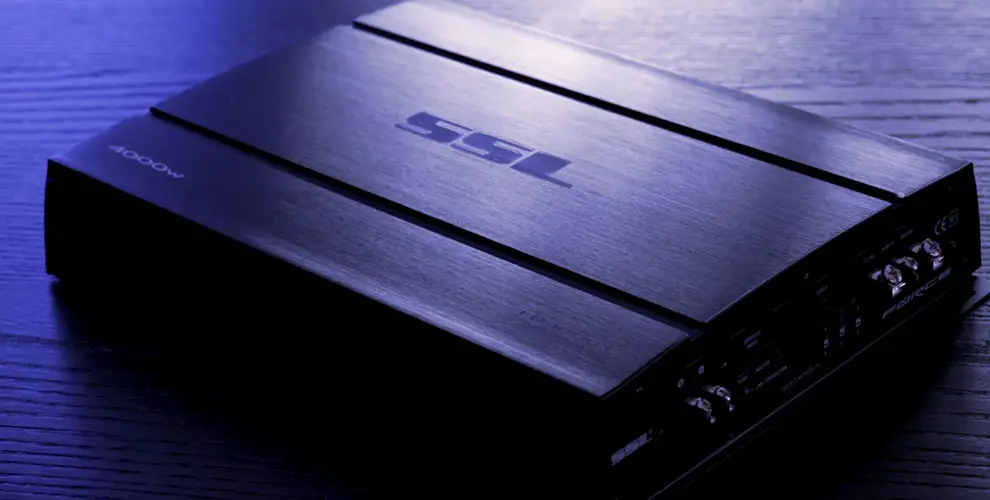
How do I set my Amplifier to 1 Ohm?
So, are you thinking about how to set up your amplifier at 1 ohm? I have curated this segment just for you in case you want to change the amp settings.
All you have to do is follow a set of instructions. Continue reading and I’ll tell you what to do.
At first, you have to ensure how many subwoofers you are wiring to the amp. Check their requirements and the power your amp can produce.
Then, depending on the series type, you have to wire the correct wires. For example, if you want to wire in series, connect the positive wire from one sub to the negative of another.
Do the opposite for parallel wiring. You have to connect the positive and negative posts in this case.
All you have to do is run a wire from one terminal to another terminal of the subwoofer. This wiring is different depending on the number of subwoofers you’re using.
So, this is how you can set the amp to 1 ohm.
1 ohm vs 2 ohms: Which is Better to Run an Amp?
Both 1 ohm and 2 ohm are competitive in action to run an amp. It actually depends on the subwoofers and amplifiers you’re using.
Also, the budget is a big issue here. Just like there’s a difference between 50 and 100-watt amp.
Take a look at the quick comparison below between 1 ohm and 2 ohm load implementation:
| Aspect | 1 ohm | 2 ohm |
| Sound Quality | Average | Better |
| Heating | More | Less |
| Output Power | More | Less |
| Costing | Less | More |
What do you think? You can already see that it’s tough to say which one is good for an amp. Let me give you some explanations of the factors above. It’ll help you to understand what will be best for you.
Sound Quality:
First, let’s start analyzing the sound quality. If you think about a 1-ohm load, it has an average sound quality. But the 2-ohm ones have better sound quality.
It’s because 2-ohm amps create a cleaner sound. But it’s not like the 1-ohm amp will produce the worst sound structure. Only an audiophile can understand the difference.
Heating:
As I was talking about the sound quality, you must know how this quality improves or drops. It all starts when the current passes through the amp.
The formula here is,
Less Current = Less Heat
1 ohm amp draws a lot of current. As a result, the heat rises up. The more heat surpasses, the more distortion the amp faces. So, in this case, 1 ohm amp is not good.
On the other hand, 2 ohm amp produces less heat. It’s because the 2 ohm load draws less current than the 1 ohm load. So, there’s less distortion and that’s why 2 ohm is good in this case.
Output Power:
Now, let’s talk about the output power. If you connect the subwoofer at 1 ohm, the amp will give more output power. As a result, you’ll notice that the subs are playing much louder.
The scenario is completely opposite for a 2-ohm amp. The output power is much lower in this case. So, the volume is also lower than the 1-ohm load.
Costing:
Finally, it’s to judge the loads with a monetary value! Using a 1-ohm load is more inexpensive than using a 2-ohm amp.
The reason I already explained in the sections above. When you are able to draw more power from a subwoofer, you are able to lower the cost.
So, if you run at a 1-ohm load you won’t need to spend much money. But if you have the budget and require a 2-ohm load, you should go for it.
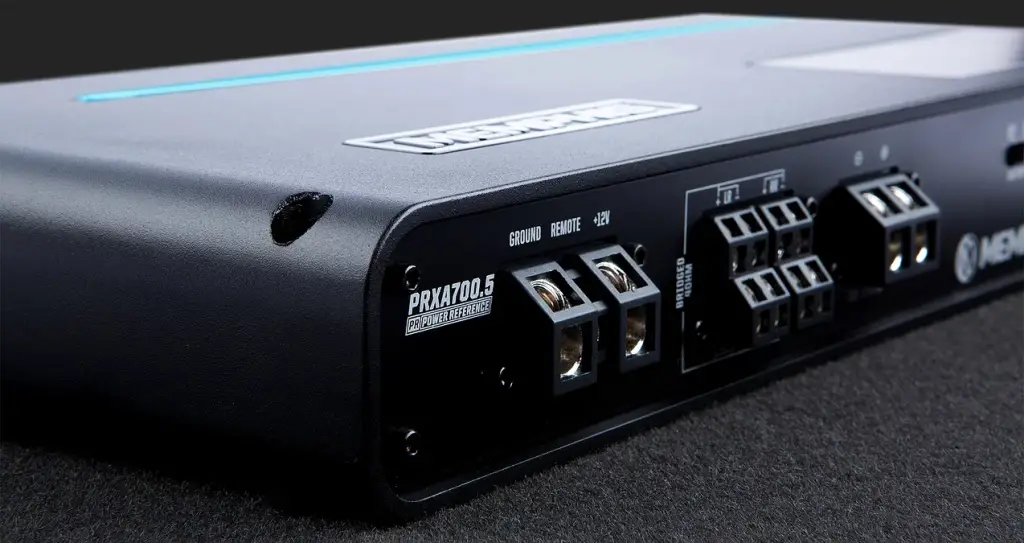
Frequently Asked Questions (FAQs)
What does 1 ohm mean?
1 ohm means the amount of resistance of a conductor applying one-ampere current and one volt. Basically, it’s the quotient of the current and the applied volt. And both of the elements should be one. This will create a 1-ohm resistance. 1 ohm is more powerful than 2-ohm resistance.
How do I know if my amp is 1 ohm stable?
By checking the specifications written in the manufacturer’s guide, you’ll know if the amp is 1-ohm stable. You have to look at the maximum RMS output value on the subwoofer. This will allow you to understand the wattage required. This is the same for singular and multiple subwoofers.
Which is louder between 1 ohm or 2-ohm amp?
a 1-ohm amp is louder than a 2-ohm amp. The reason it is louder is the power it outputs. 1 ohm amp uses a lot of power whereas 2 ohm amp outputs lesser power. So, the impedance lowers down. And the 1-ohm amp produces a loud noise.
Final Verdict
So, I hope you got your answer about “Is 1 ohm bad for an amp?” It’s actually both bad and good depending on your usage. You have to make sure you are making the best decision based on your requirements.
Good luck!




